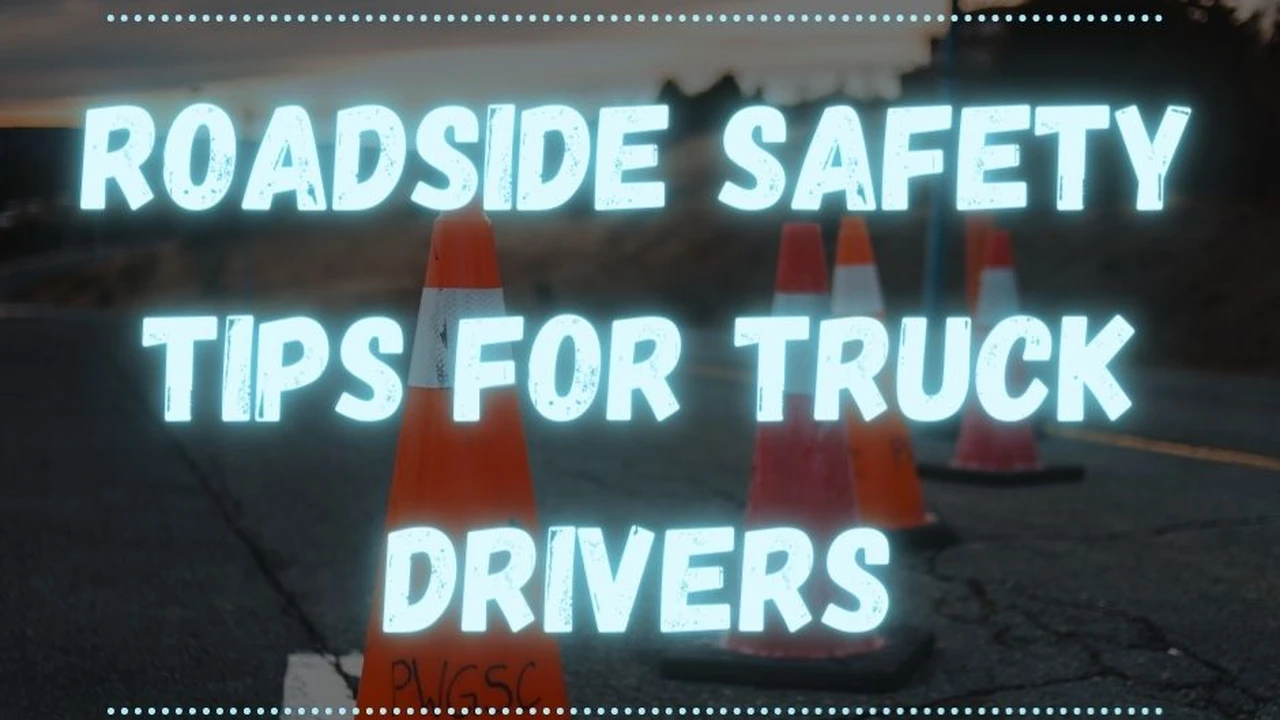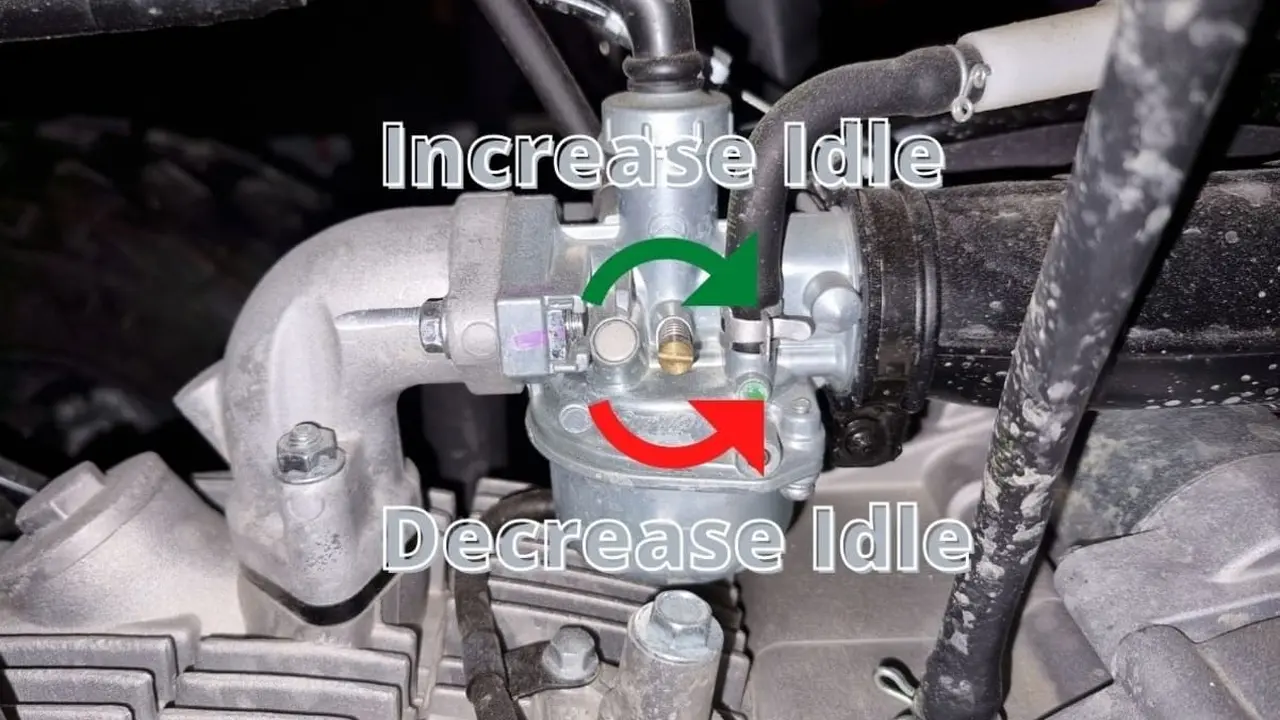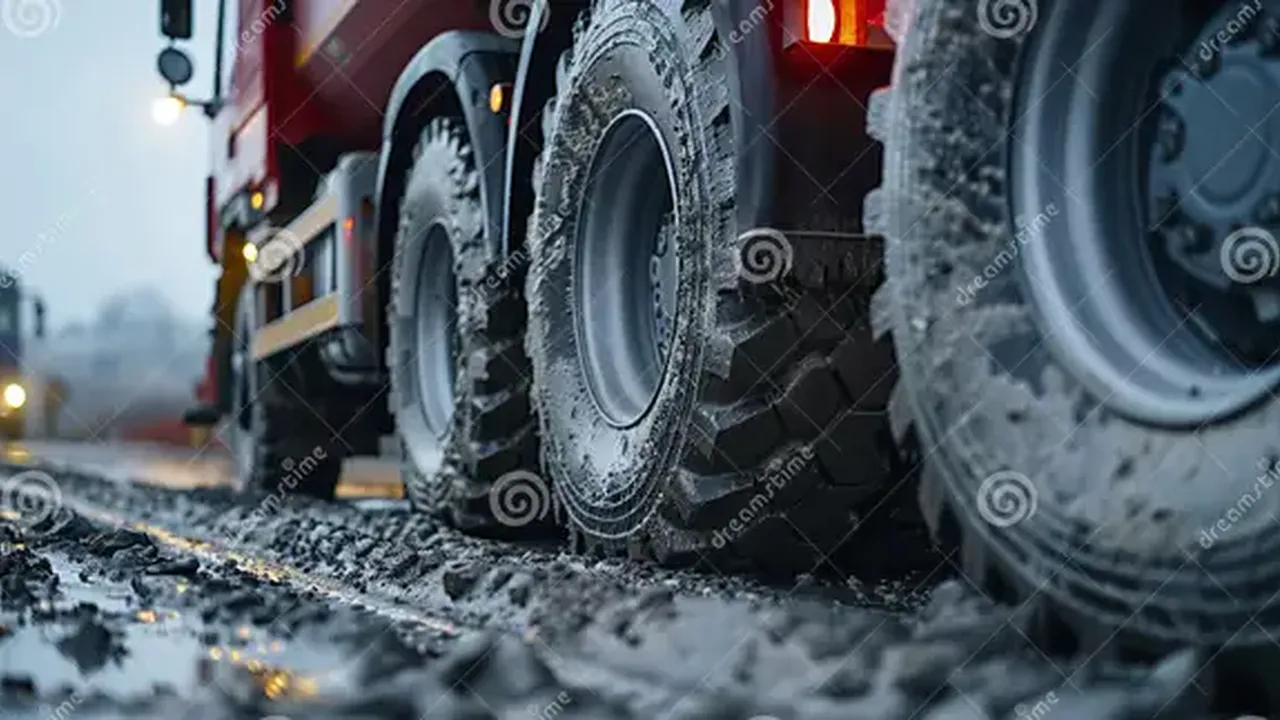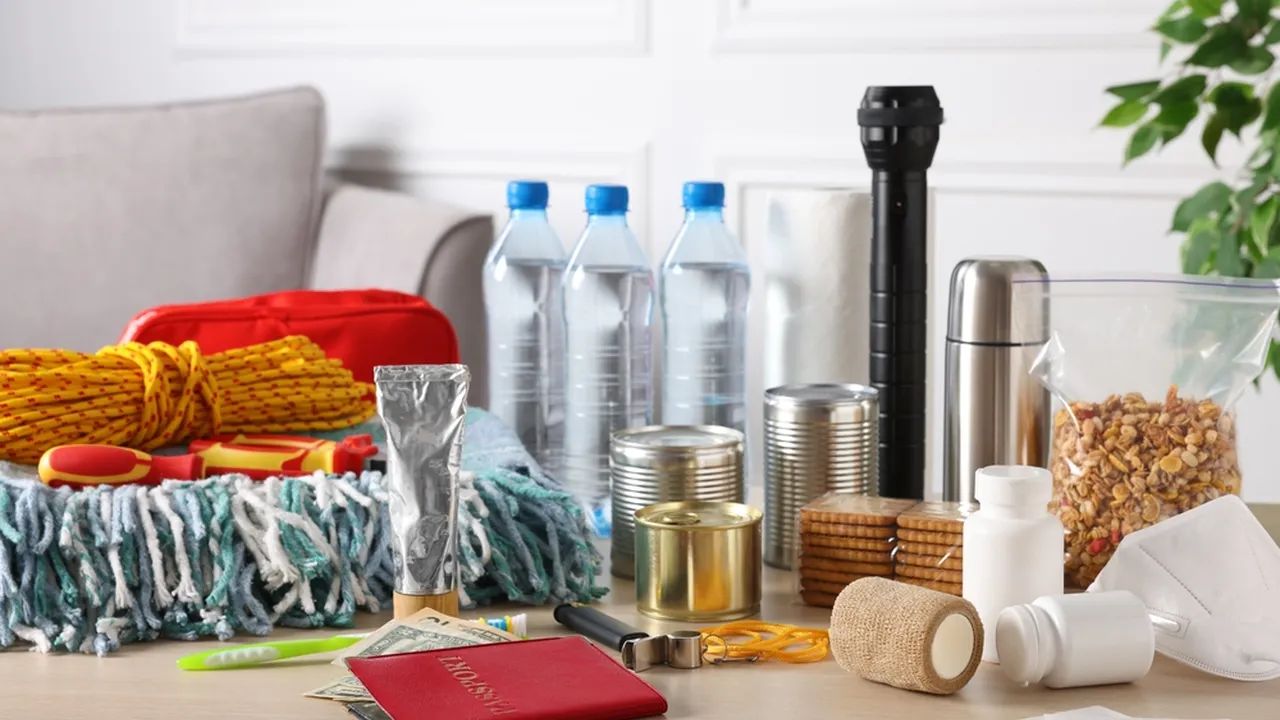Dealing with Aggressive Drivers on the Roadside: Safety Tips

Understanding Roadside Aggression What Triggers It and How to Recognize the Signs
Okay, so you're stuck on the roadside. Not ideal, right? But it happens. What's even less ideal is when you encounter someone who's having a seriously bad day and decides to take it out on you. Road rage isn't just a movie trope; it's a real danger. Understanding what sets people off and spotting the warning signs can be a lifesaver (literally!). Think tailgating, excessive honking, aggressive lane changes, and general hostility. These are all red flags. Remember, your safety is paramount. Don't engage. Just try to de-escalate or, better yet, remove yourself from the situation.
Staying Calm Cool and Collected De-escalation Techniques for Roadside Encounters
Easier said than done, right? But staying calm is crucial. Take a deep breath. Don't make eye contact if you can avoid it. Don't return aggressive gestures. Imagine you're dealing with a toddler throwing a tantrum (except this toddler is behind the wheel of a two-ton vehicle). Keep your movements slow and deliberate. If possible, call the authorities. Let them handle the situation. Your goal is to get out of there unharmed. Think of yourself as a diplomat in a particularly hairy international incident. Your mission: peace and quiet.
Essential Roadside Safety Equipment The Gear You Need to Protect Yourself
Beyond your calm demeanor, having the right equipment is essential. Think of it as your roadside survival kit. Here's what you need:
- Warning Triangles or Flares: These are your first line of defense. Place them a good distance behind your vehicle to warn oncoming traffic. Think visibility, visibility, visibility!
- High-Visibility Vest: Make yourself seen. A bright orange or yellow vest can make a huge difference, especially at night or in poor weather.
- Cell Phone: Obvious, but crucial. Keep it charged and know how to dial emergency services.
- First-Aid Kit: For minor injuries. It's always better to be prepared.
- Jumper Cables: Because dead batteries happen.
- Tire Inflator: For those slow leaks.
- Wheel Chocks: Especially if you're changing a tire on an incline. Safety first!
- Flashlight: A good, bright flashlight is indispensable at night.
Product Recommendations Roadside Safety Gear Reviewed and Compared
Okay, let's talk specifics. Here are a few products I'd recommend, along with scenarios and comparisons:
Warning Triangles:
- Budget Pick: "XYZ Brand Folding Warning Triangles" - Around $15 for a set of three. These are basic but effective. They fold up for easy storage. Ideal for occasional roadside stops.
- Mid-Range: "ABC Brand LED Roadside Flares" - Around $30 for a set of three. These are brighter and more visible than traditional triangles, especially at night. They also have a longer lifespan. Great for frequent travelers.
- Premium: "123 Brand Heavy-Duty Reflective Triangles" - Around $50 for a set of three. These are super durable and highly visible, even in extreme weather. Designed for professional use or those who prioritize maximum safety.
Comparison: The LED flares are generally brighter and more visible than the standard triangles, but they require batteries. The heavy-duty triangles are built to last but are bulkier to store.
High-Visibility Vests:
- Basic: "Generic Reflective Safety Vest" - Around $10. Does the job. Good for keeping in your car for emergencies.
- Enhanced: "Ergodyne GloWear 825HL High-Visibility Vest" - Around $25. More comfortable, with adjustable straps and pockets. Better for extended use.
- Premium: "OccuNomix LUX-SSE2P-B Premium Surveyor's Vest" - Around $40. Lots of pockets, durable construction, and high visibility. Ideal for professionals or those who need to carry tools.
Comparison: The more expensive vests offer greater comfort, durability, and functionality, but the basic vest is perfectly adequate for occasional use.
Portable Tire Inflators:
- Budget: "Slime 40026 12V Tire Inflator" - Around $20. Compact and easy to use. Good for topping off tire pressure.
- Mid-Range: "EPAuto 12V DC Portable Air Compressor Pump" - Around $30. More powerful and faster than the Slime. Can inflate a tire from flat in a reasonable amount of time.
- Premium: "Viair 85P Portable Air Compressor" - Around $50. Heavy-duty and reliable. Can handle larger tires and higher pressures.
Comparison: The Viair is the most robust and reliable, but the EPAuto offers a good balance of performance and price. The Slime is a good option for occasional use and topping off tires.
Dealing with Aggressive Drivers Practical Strategies for Protecting Yourself
So, you've got your gear, you're trying to stay calm, but the other driver is still escalating. What do you do? First, avoid direct confrontation. Don't yell back, don't make obscene gestures, and don't try to reason with them. Remember, you're dealing with someone who's already irrational. Second, if you feel threatened, get back into your vehicle and lock the doors. Call the authorities immediately. Provide them with your location and a description of the other vehicle. Third, if possible, drive to a safe location, such as a police station or a well-lit public area. The goal is to get away from the aggressor and into a safe environment. Think of it like escaping a predator. Your instinct is to survive and get to safety. Trust that instinct.
Legal Considerations and Reporting Aggressive Driving Incidents Understanding Your Rights
It's important to know your rights and responsibilities when dealing with aggressive drivers. Aggressive driving is often illegal and can result in serious penalties. If you've been the victim of aggressive driving, report the incident to the police. Provide them with as much information as possible, including the other vehicle's license plate number, a description of the driver, and the location of the incident. You may also want to consult with an attorney to discuss your legal options. Remember, you have the right to feel safe on the road. Don't let aggressive drivers take that away from you.
Preventive Measures Staying Safe on the Road in the First Place
The best way to deal with aggressive drivers is to avoid encountering them in the first place. Practice defensive driving techniques. Be aware of your surroundings. Avoid tailgating or cutting off other drivers. Use your turn signals. And most importantly, be patient. Remember, everyone makes mistakes. Don't let someone else's bad driving ruin your day. Think of driving as a cooperative activity. We're all in this together. Let's try to make it a pleasant experience for everyone.
:max_bytes(150000):strip_icc()/277019-baked-pork-chops-with-cream-of-mushroom-soup-DDMFS-beauty-4x3-BG-7505-5762b731cf30447d9cbbbbbf387beafa.jpg)






